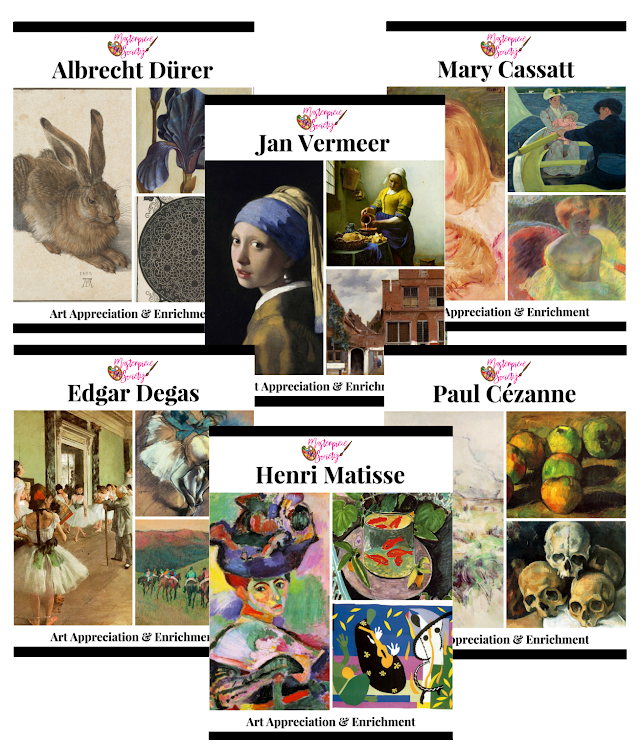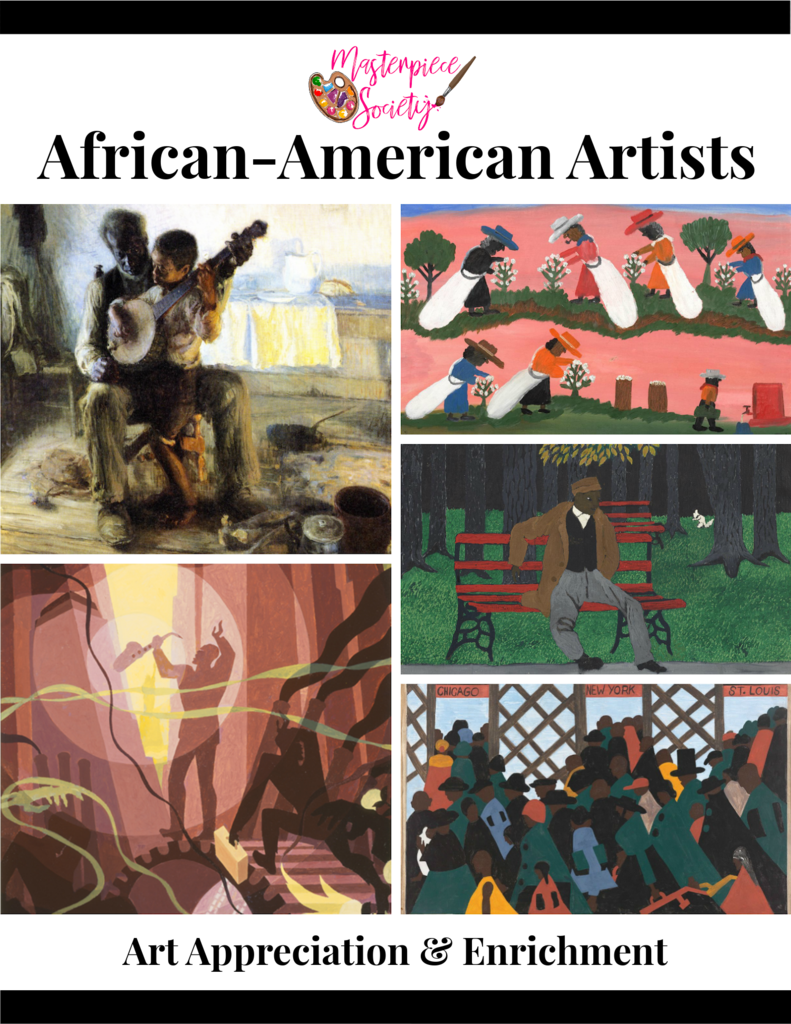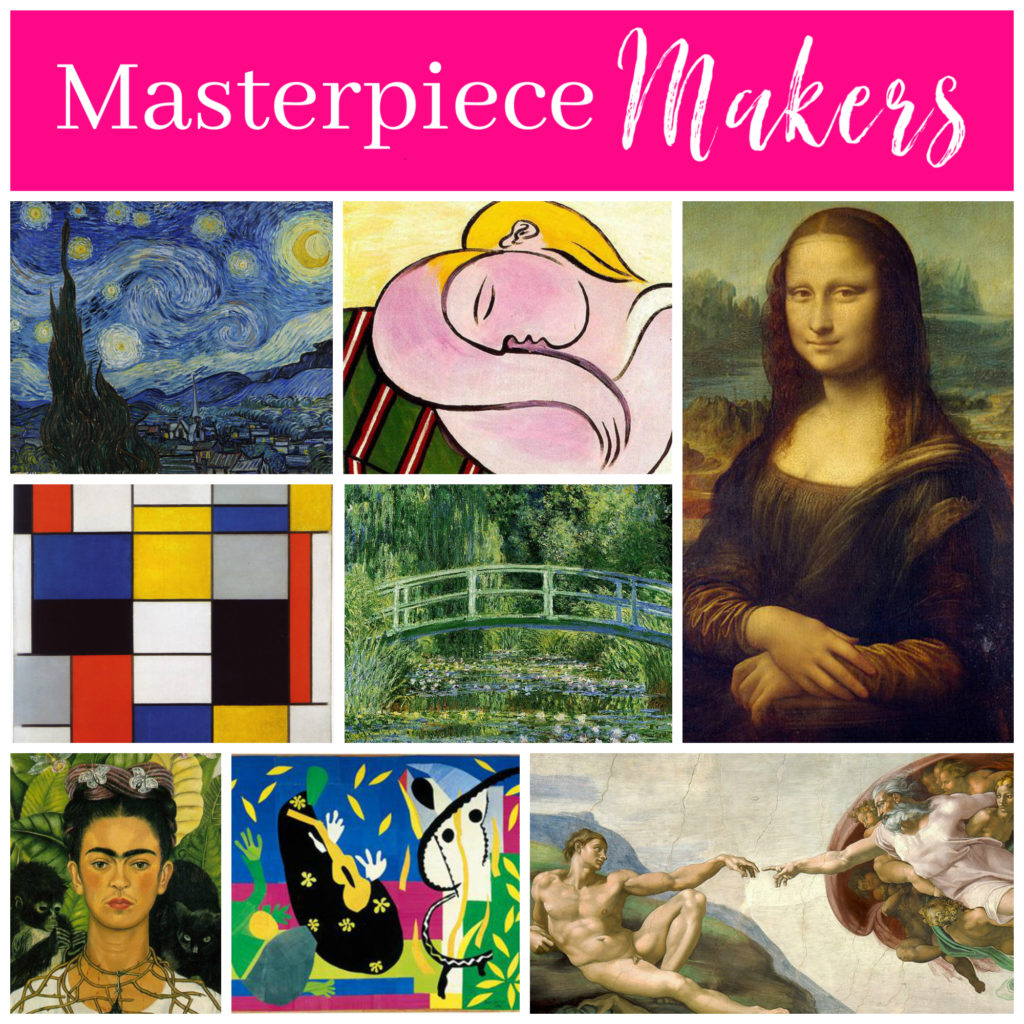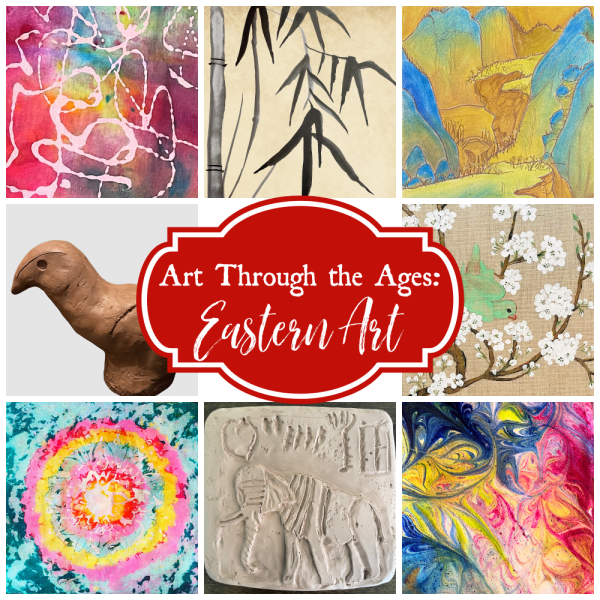Explore two classic garden-themed poems, how they relate to The Secret Garden, and how they can cultivate wonder, encourage reflection, and inspire lasting memories for you and your children.

“However many years she lived, Mary always felt that ‘she should
never forget that first morning when her garden began to grow’.”
~ Frances Hodgson Burnett, The Secret Garden
There’s something quietly magical about a garden that’s been forgotten.
Maybe it’s the way the wind whispers through tall grass, or how wildflowers spring up unexpectedly, defiant and free. For homeschooling moms guiding their children through nature study, poetry, and literature, gardens like these offer more than beauty—they speak to the soul, inviting reflection, imagination, and enchantment.
Sometimes the greatest gift we can offer our children—and ourselves—is to slow down.
To observe.
To tend.
To wonder.
And what better metaphor for this kind of soul-nourishing education than a garden?
Three literary gardens—The Old-Fashioned Garden by John Russell Hayes, The Deserted Garden by Elizabeth Barrett Browning, and the hidden, transformative garden in The Secret Garden by Frances Hodgson Burnett—invite us into a slower, richer, and more reflective rhythm of life and learning.
Let’s take a stroll through each of these garden-themed poems—and see what they might have to teach us as moms.
Sign up below to receive your bonus gifts!!!
This 56-page PDF packet contains our free gifts to you: tea time recipes, nature cards, poetry copywork, “The Old-Fashioned Garden,” by John Russell Hayes, and “The Deserted Garden,” by Elizabeth Barrett Browning, in primary, elementary, cursive, and high school formats, poetry notebooking page, a picture study of Garden in Full Bloom by Percy Robert Craft, picture study notebooking page, PLUS a bonus art lesson from the Masterpiece Society!

The Old-Fashioned Garden – A Portrait of Simple Delight
John Russell Hayes’ poem, The Old-Fashioned Garden, is a celebration of the quaint and cozy. It paints a picture of a garden brimming with lavender, daffodils, roses, and hollyhocks—the kind of place you’d imagine outside a cottage with bees buzzing lazily and butterflies flitting about.
“There blooms the quaint old-fashioned posy,
The pink and the phlox and the rosey,
The lavender, larkspur, and sweet-pea…”
This poem is perfect for a Charlotte Mason-inspired homeschool because it emphasizes delight in the ordinary. It reminds us that we don’t need grandeur to experience beauty. A simple wildflower bouquet in an old mason jar, a pressed flower in a nature journal, or an afternoon spent watching bees or chasing butterflies is enough.
“But little art I wish; enough for me
This garden where the flowers grow in sweet
simplicity.”
In your homeschool:
Let this poem inspire a garden-themed poetry tea time, flower sketching session, or backyard scavenger hunt. It’s a great way to blend nature study with poetry appreciation in a way that feels effortless and joy-filled.
(Have you downloaded our free April Nature Guide, Spring Wildflowers, yet?)
Poetry Collections Our Family Loves!
Below are a list of books our family loves, some are about gardening and nature, others are simply beautiful anthologies of poems, verse, and nursery rhymes we have read since our young adult children were wee little ones!
Favorite Poems for the Garden: A Gardener’s Collection Sing a Song of Seasons: A Nature Poem for Each Day of the Year
Sing a Song of Seasons: A Nature Poem for Each Day of the Year A Nature Poem for Every Day of the Year
A Nature Poem for Every Day of the Year A Nature Poem for Every Night of the Year
A Nature Poem for Every Night of the Year A Child’s Garden of Verses: Robert Louis Stevenson
A Child’s Garden of Verses: Robert Louis Stevenson The Oxford Dictionary of Nursery Rhymes (Oxford Dictionary of Nusery Rhymes) by unknown 2Rev edition (1997)
The Oxford Dictionary of Nursery Rhymes (Oxford Dictionary of Nusery Rhymes) by unknown 2Rev edition (1997) The Oxford Book of Children’s Verse (Oxford Books of Verse)
The Oxford Book of Children’s Verse (Oxford Books of Verse) The Oxford Book of Children’s Verse in America (Oxford Books of Verse)
The Oxford Book of Children’s Verse in America (Oxford Books of Verse) The New Oxford Book of English Verse, 1250-1950 (Oxford Books of Verse)
The New Oxford Book of English Verse, 1250-1950 (Oxford Books of Verse)
The Deserted Garden – Remembering with Joy
Elizabeth Barrett Browning’s The Deserted Garden carries a sentimental tone as it describes a once-beloved garden now quiet and overgrown. Yet, rather than being melancholy, the poem feels like a soft walk down memory lane—an invitation to cherish the beautiful moments that once bloomed there.
“Adventurous joy it was for me!
I crept beneath the boughs, and found
A circle smooth of mossy ground
Beneath a poplar tree.”
It’s easy to picture a little one slipping away into a shady garden nook, lost in imagination and wonder. As homeschooling moms, we long to give our children that same kind of “adventurous joy”—moments that will stay with them forever. Whether it’s exploring a nature trail, reading stories under a blanket fort, or planting flowers in the yard, we’re quietly building the memories they’ll one day treasure.
The Deserted Garden reminds us that what we do today—however simple—can bloom into a lifelong keepsake in their hearts.
In your homeschool:
Read this poem (or portions of the poem) together and talk about your children’s favorite memories so far. You may be surprised at how simple, yet beautiful the things are that stand out to them most. Encourage older children and teens to write a few lines of verse about them.
And as you guide their learning day by day, know this: you’re planting seeds of beauty they’ll carry with them always.

The Secret Garden – From Neglect to New Life
Then there’s The Secret Garden—a story of deep transformation. A garden locked away and forgotten becomes a place of healing and joy through the simple acts of curiosity, care, and companionship.
As Mary Lennox tends to the garden, she herself begins to bloom. As Colin steps into its sunlight, he begins to walk, to hope, and to live.
The beauty of this story lies in its layered metaphor: the neglected garden represents not just nature, but the inner lives of the children (as well as adults). With attention and love, both are restored.
In your homeschool:
Read this novel aloud with your kids and notice how the imagery of the garden deepens with each chapter. Create your own “secret garden” project—whether it’s a set of plant markers, a garden in a hidden nook in the yard, or a quiet corner indoors where your children can read, draw, or daydream.
And don’t forget to grab our Secret Garden Tea Time & Party Guide to create even more magic this spring and summer!
Drawing the Three Gardens Together
Though these three gardens are very different, they share a common thread:
- Hayes shows us the beauty of simplicity.
- Browning invites us to reflect on beautiful memories.
- Burnett calls us to tend what can yet become beautiful.
Together, they offer a powerful picture of mothering and educating our children. There will be seasons of weeding and tending, seasons of blooming, seasons of chaos and wildness, and seasons of reaping our bountiful bouquet of “flowers.” But through it all, your role as a mother and guide is like that of a gardener: observing, nurturing, pruning, and believing in the beauty that can grow from even the smallest seed.
I am reminded of one of my favorite Charlotte Mason quotes:
“Whatever ugly quality disfigures the child, he is but as a garden overgrown with weeds: the more prolific the weeds, more fertile the soil; he has within him every possibility of beauty of life and character. Get rid of the weeds and foster the flowers.“
Pin me!

































